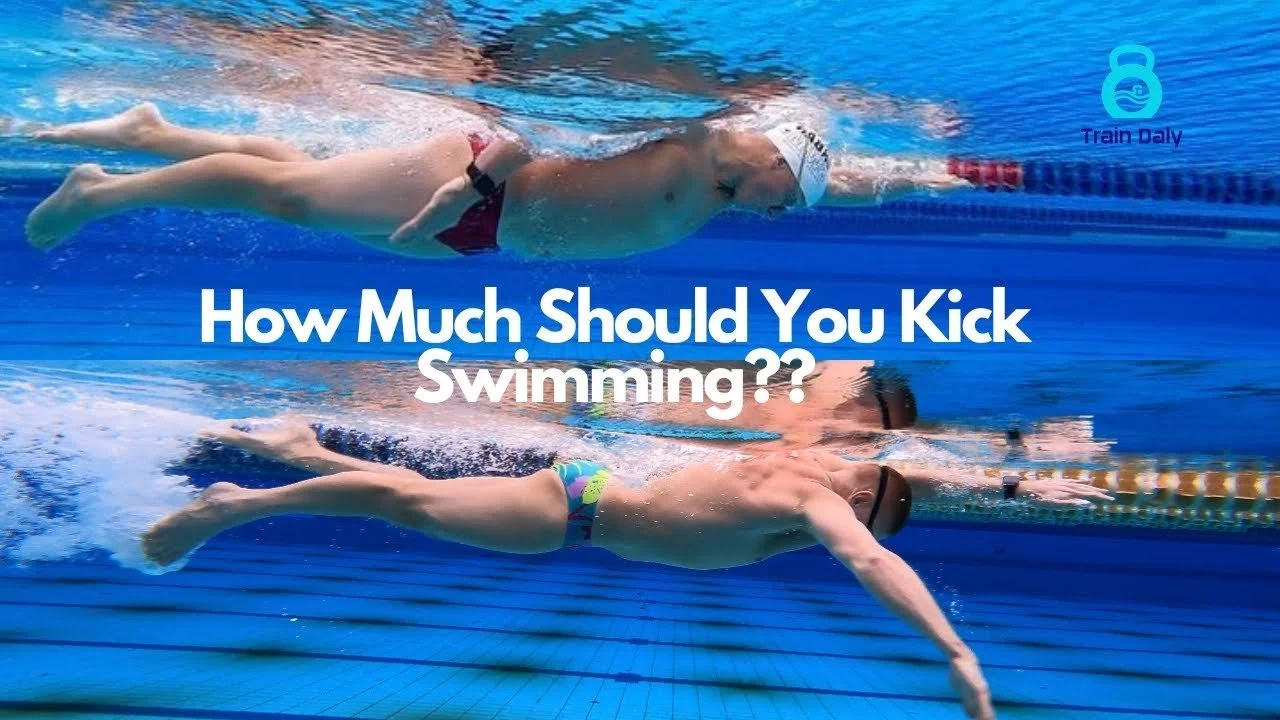The Sleep Dilemma: Quantity vs. Quality – Separating Science from Wearable Hype
/This blog post explores the age-old debate between sleep quantity and sleep quality, examining the benefits of each as supported by scientific evidence. It also discusses the limitations of consumer wearables like the Whoop, Apple Watch, and Oura Ring in measuring sleep quality accurately. The post highlights the importance of achieving a balance between quantity and quality and how wearables can serve as behavioral change tools. Additionally, it relates these concepts to endurance athletes, specifically swimmers, and their sleep-related needs for performance and recovery.
Read More







